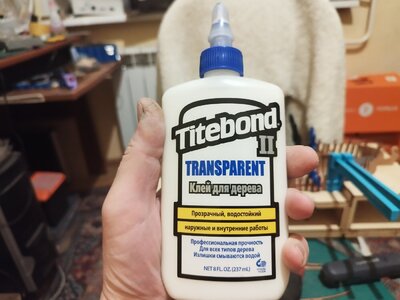Good morning Paul. I didn’t want to insert the laughing emoji as 15 broken frames is no laughing matter, however what to cook….It started out as a promising week. After a busy stretch I was only scheduled to work three days and there would be lots of time for ship building...
First, I tackled the half frames (the fore and aft cant frames). That went very well...
View attachment 361152
These are paired (port and stbd) and stacked on each other.
Next, I tried my hand at creating trenails with my new Byrnes drawplate. I was able to get 1 x 1 mm boxwood down to 0.53-0.56 mm (not sure why the size varies along the length of the strip). At 1:48 that would create a 1 inch (2.5 cm) peg. Perfect!
View attachment 361153
And now in place:
View attachment 361156
View attachment 361158
I'm very satisfied with that result. The end-grain picks up the wipe-on-poly very nicely to my eye.
Speaking of wipe-on-poly (he says to build suspense...), now would be the perfect time to add a finish to the fore and aft faces of the frames. Once they are in place it will be very difficult to access those surfaces.
But, if the front and back surfaces of the frames are wet how can I put them down to dry? I know! I'll hang them from a string stretched tight (so it stays straight and the frames won't slump together)...
That should work great as long as I don't bump the string causing it to spring/snap and send frames crashing to the hardwood floor...
View attachment 361154
View attachment 361155
Yes, I did... Fifteen broken frames... One broken shipbuilder.
A project for another day because its Kattner Family Dinner tonight and I'm the chef (four kids with their spouses / friends along with grandkids). Cooking for this bunch is nearly impossible. Here are the restrictions across the group: no pork, no dairy (that's no eggs, butter, cheese, milk, etc.), no meat at all, no nuts, no soy, no gluten.
Looks like it's going to be apple sauce and beer.

Boxwood is just beautiful- it is worth the money when building a model like you are doing. Immaculate treenails my friend.
Sound advice from Jim as always.
Cheers Grant







